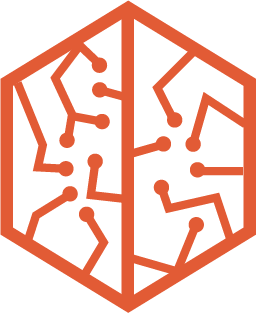All art attempts to project emotion, but certain art has another more human quality that is just subtle enough. Pareidolia is the effect we experience when we think that we see a face in a could formation. The quote below by David Hume, an 18th Century Philosopher, explains it beautifully:
"There is a universal tendency among mankind to conceive of all beings like themselves, and to transfer to every object, those qualitites, with which they are familiarly acquainted, and of which they are intimately conscious. We find human faces in the moon, armies in the clouds; and by a natural propensity, if not corrected by experience and reflection, ascribe malice or good will to every thing, that hurts or pleases us".
I am looking for this kind of emotive art as inspiration for my sculpture, as I want it to have certain qualities that make you feel companionship without going too much into anthropomorphism and staying far away from the Uncanny Valley. Below are a few examples that I find particularly relevant to my design.
















